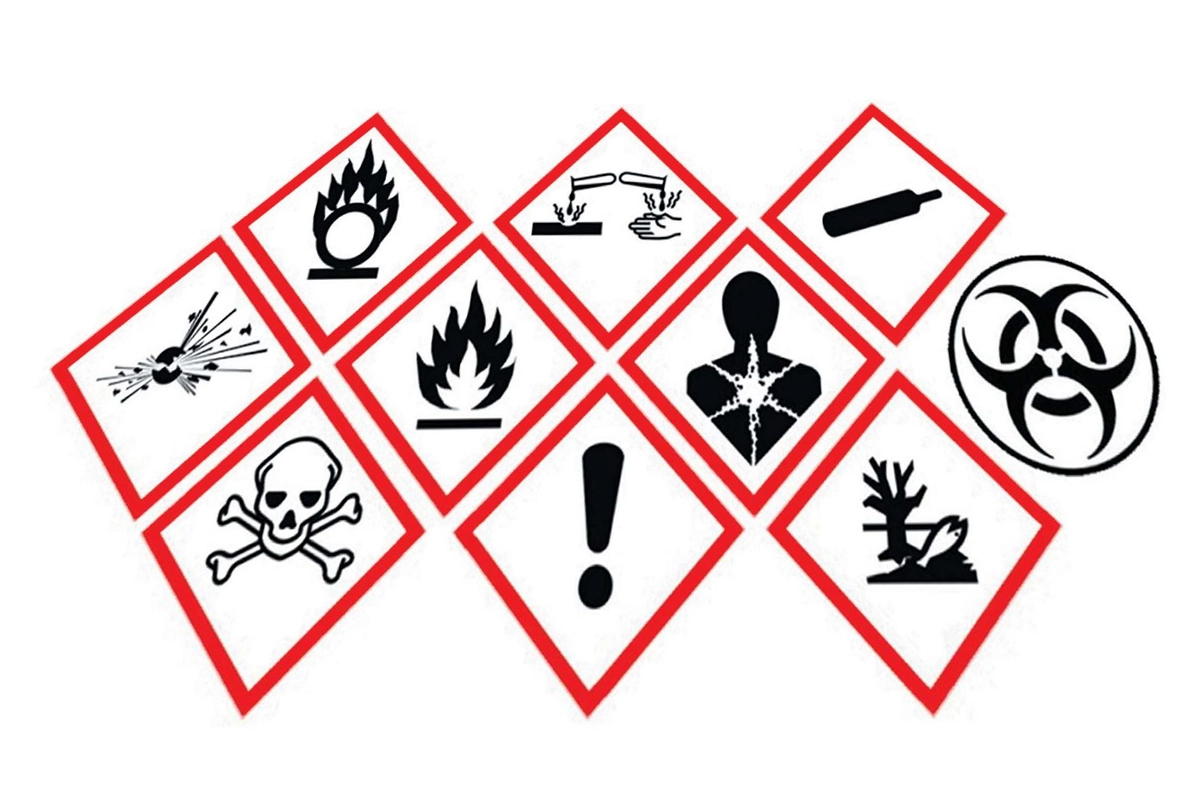WHMIS (Workplace Hazardous Materials Information System) training is an important investment for organizations, especially when it comes to training young workers. Young workers are at a higher risk of workplace injury due to their limited experience, lack of knowledge about workplace hazards, and greater physical vulnerability.
Consider the following story: John is a high school student who works part-time at a local grocery store. He works only three hours a week, but despite his limited exposure to the workplace, he was injured on the job. While stocking shelves, John reached for a cleaning product and accidentally splashed it in his eyes. The cleaning product contained a hazardous chemical that caused him severe eye irritation and temporary vision loss.
This scenario highlights the importance of providing young workers with WHMIS training. Had John been trained on the dangers of hazardous chemicals and how to handle them safely, he would have known to wear protective equipment and avoid splashing the cleaning product in his eyes. The training would have also taught him to read the labels and the Material Safety Data Sheet (MSDS) to understand the hazards and the necessary precautions to take when handling hazardous chemicals.
In conclusion, training young workers with WHMIS is essential to ensure their safety and well-being in the workplace. By providing them with the knowledge and skills to identify and handle hazardous chemicals, organizations can reduce the risk of accidents and illnesses, create a safer work environment, and meet their legal obligations under the Occupational Health and Safety Act. So, it’s important for organizations to invest in WHMIS training for all their employees, especially young workers who are at a higher risk of workplace injury.




